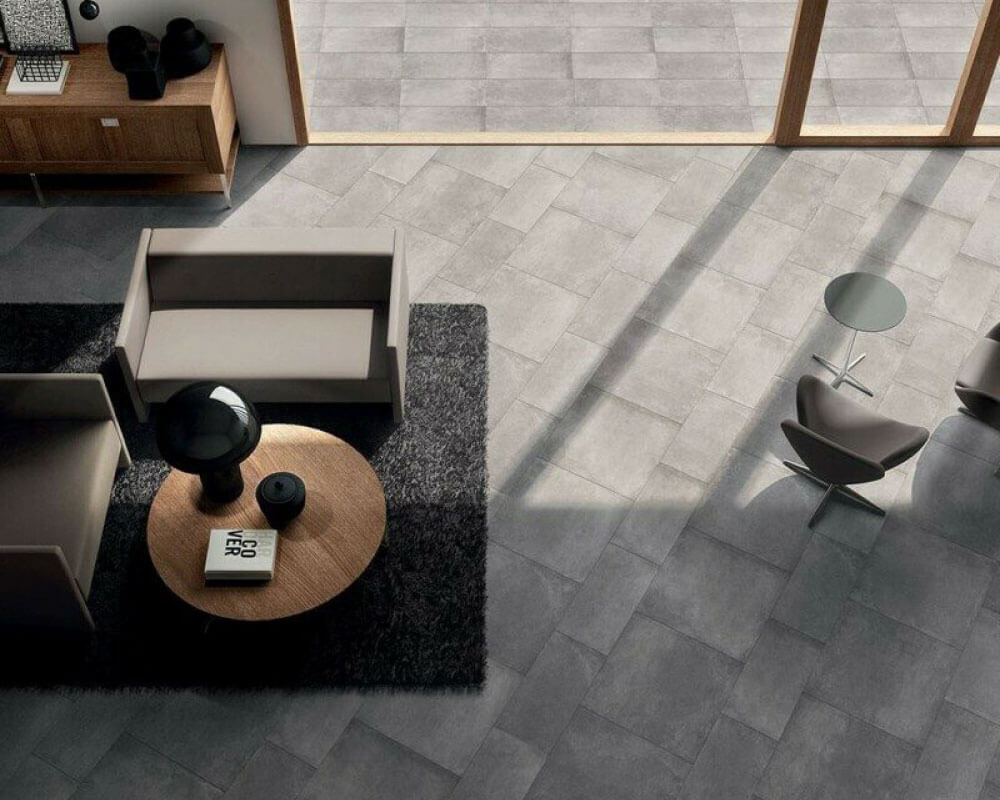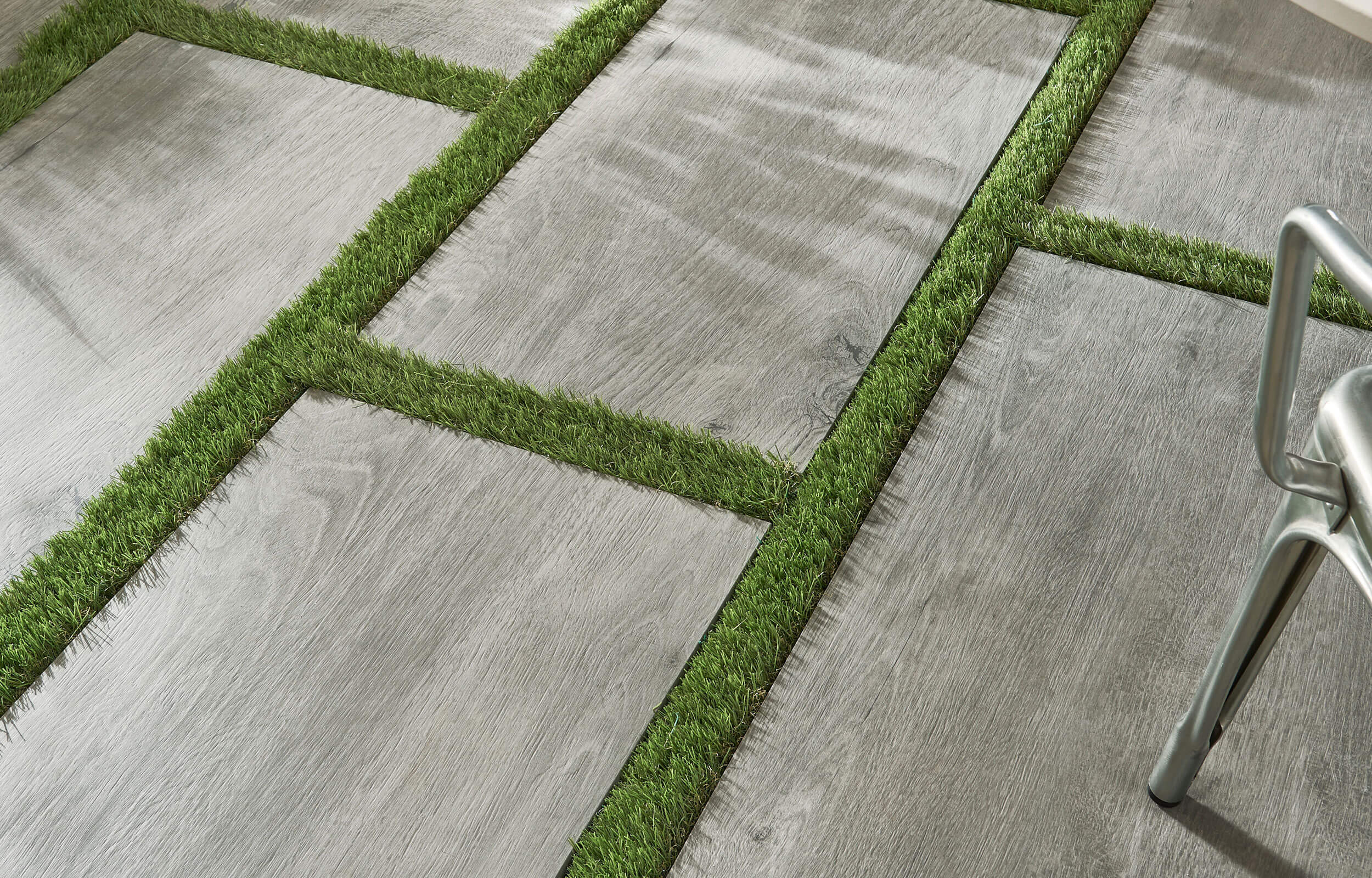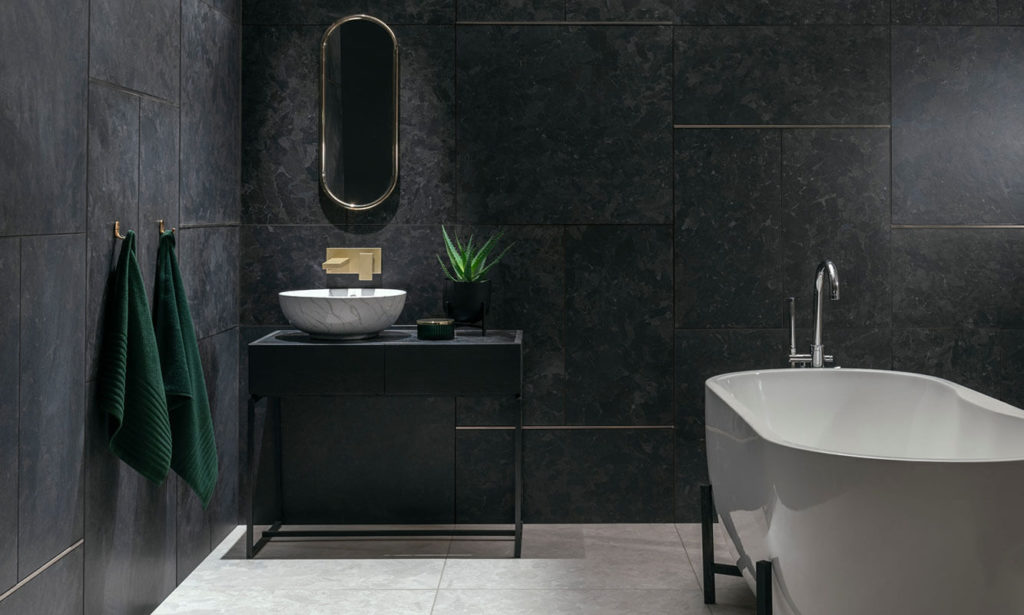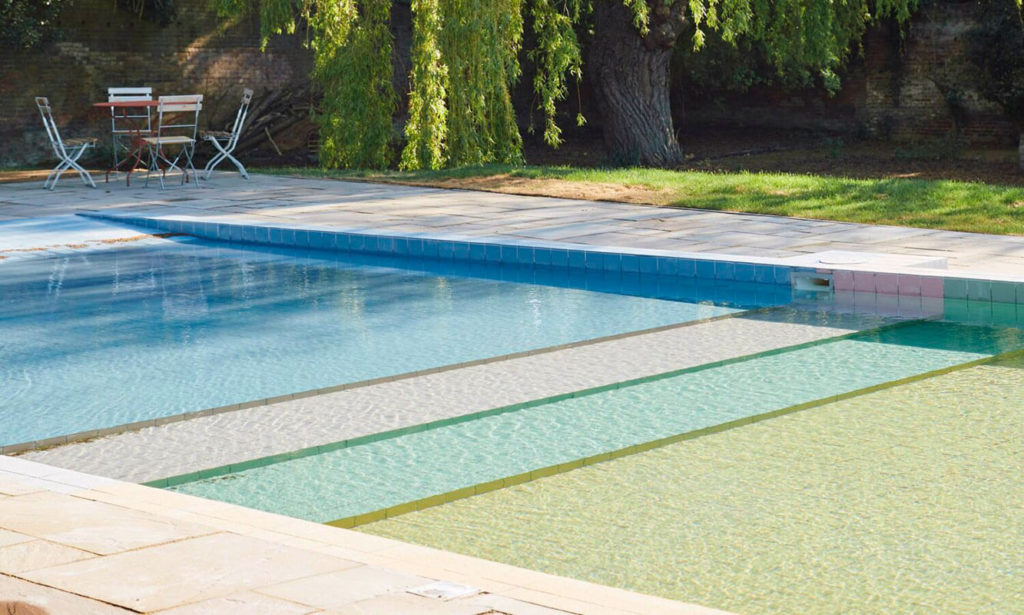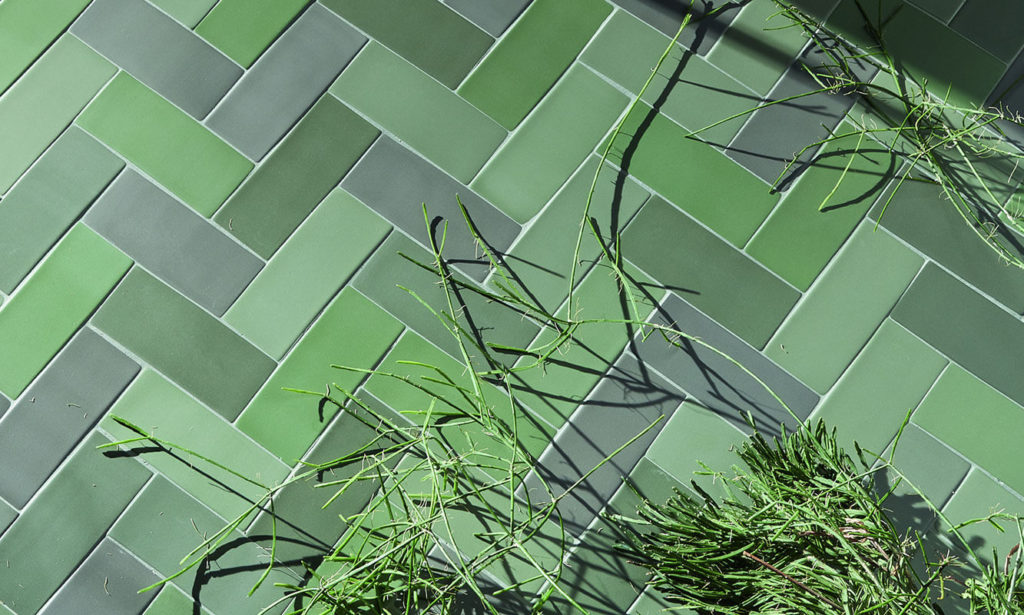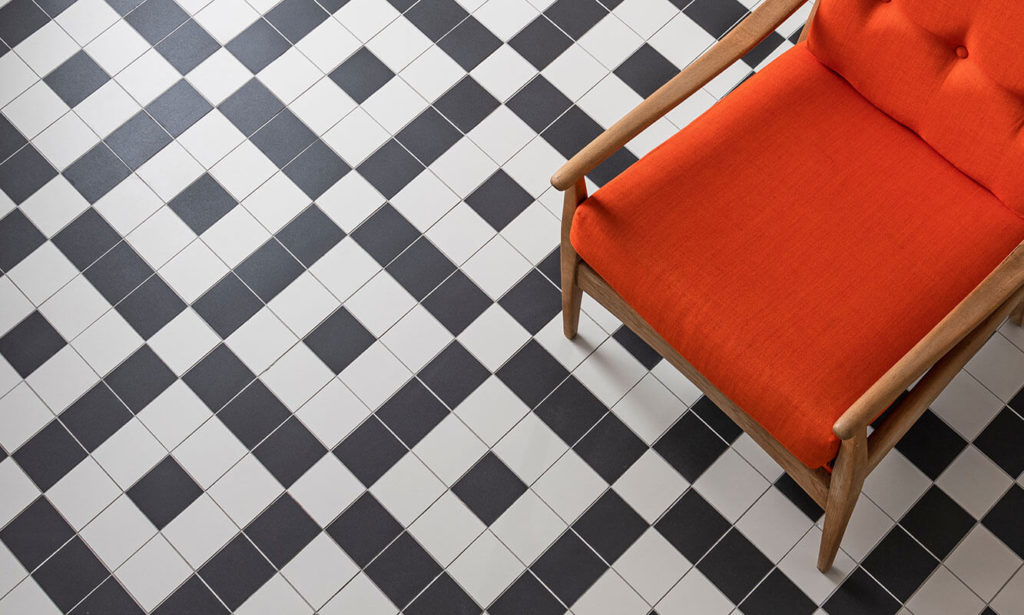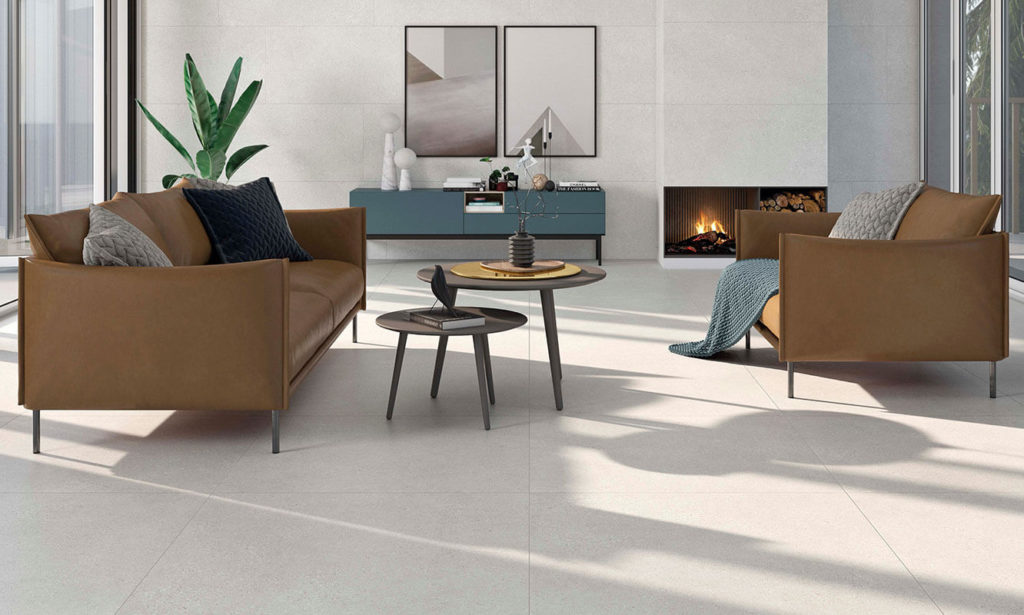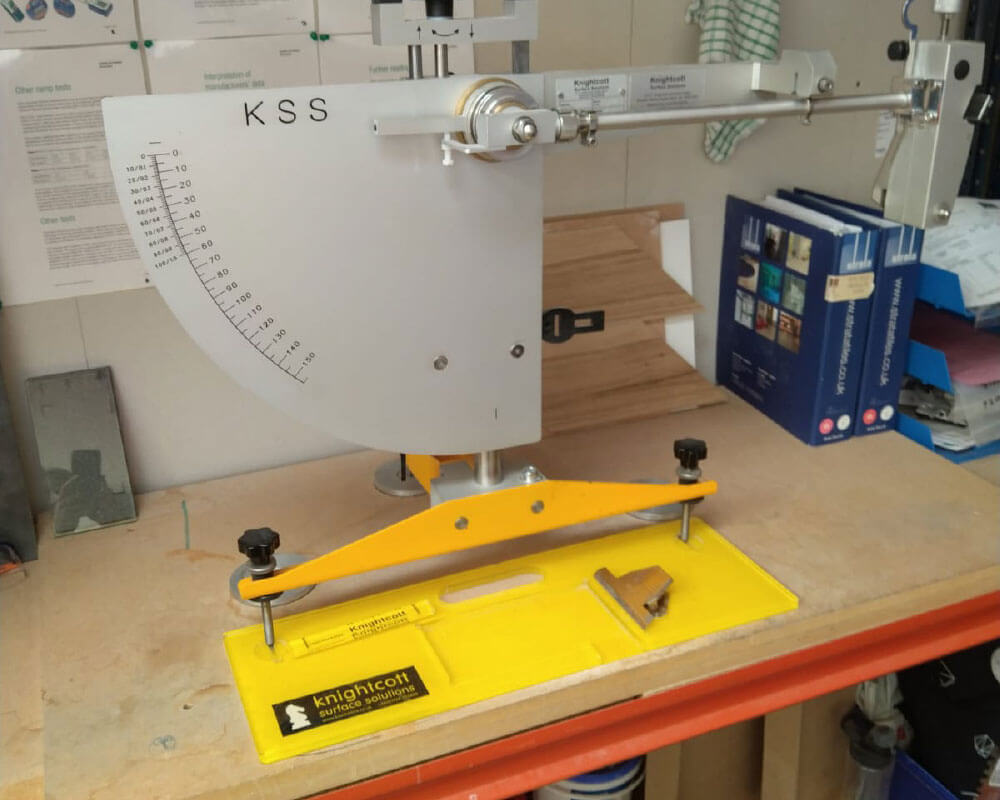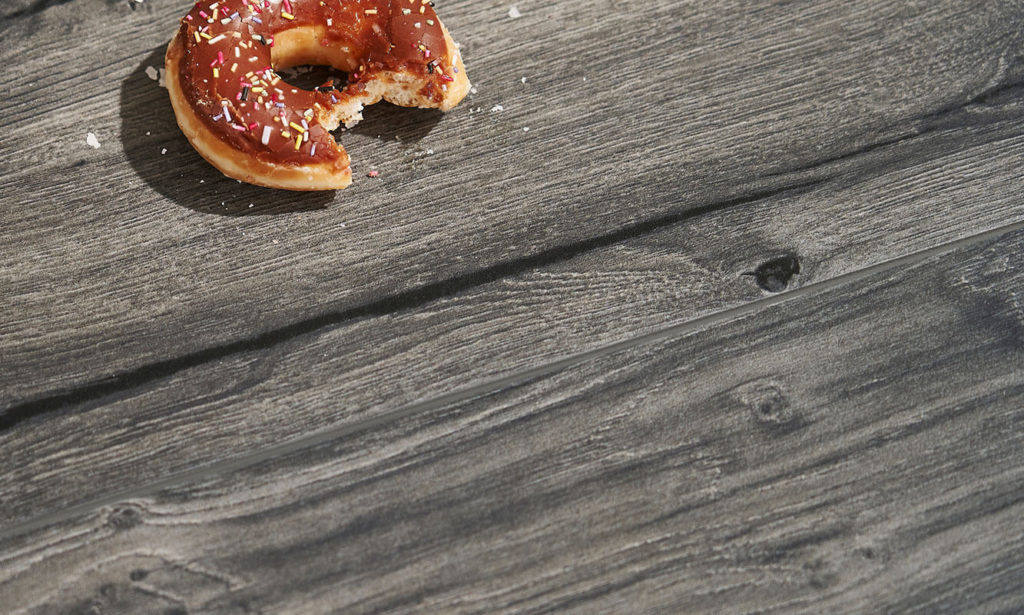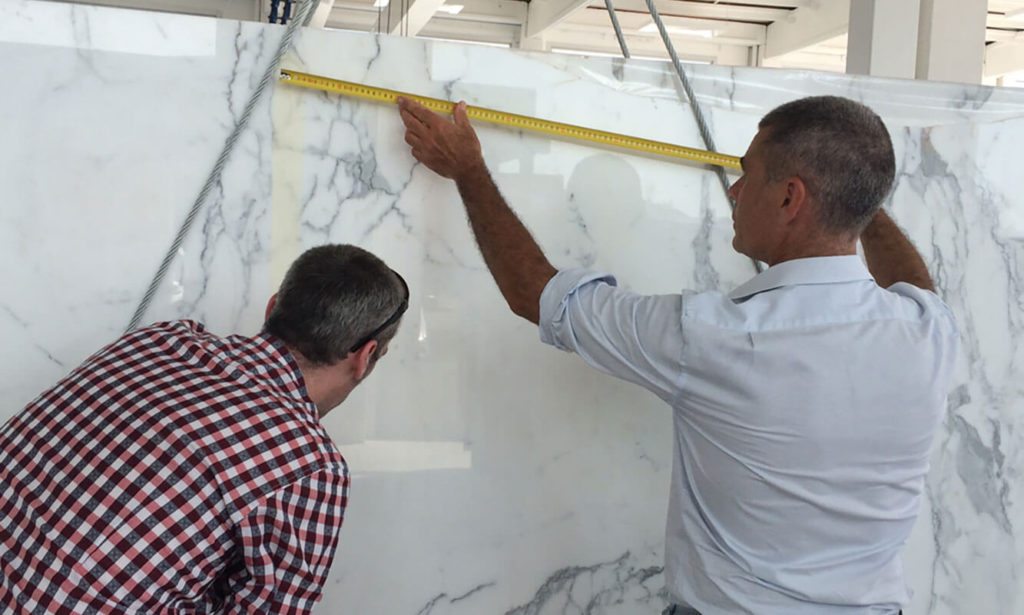At Parkside we use Pendulum Test Values (PTV) to determine the slip resistance of our tiles.
All of our tiles are tested for slip resistance by our suppliers and then tested again, in house, by a member of our Technical team, giving you peace of mind when selecting your slip resistant tile.
The pendulum test consists of a swinging arm with a rubber foot, which is then allowed to fall and make contact with the tile being tested. The test replicates a person's heel strike, the point at which most slips occur. There are two different rubbers used in testing, one replicates the sole of footwear, the other is a softer rubber designed to provide values relating to a bare foot. Water is used as a contaminant in order to measure the slip resistance of tiles in both wet and dry environments and the results are then recorded. The tests are carried out in accordance with BS7976-2:2002 and UK Slip Resistance Group guidelines.
The higher the Pendulum Test Value the higher the level of slip resistance. Customer safety is our top priority when we test for slip resistance, which is why we have chosen to use pendulum testing as our measurement method.
There are many benefits to PTV testing:
It is the preferred test method of the Health & Safety Executive (HSE), the UK Slip Resistance Group (UKSRG) and the Tile Association in the UK
It is used extensively as the standard in the UK for commercial projects
It provides results in both wet and dry conditions
